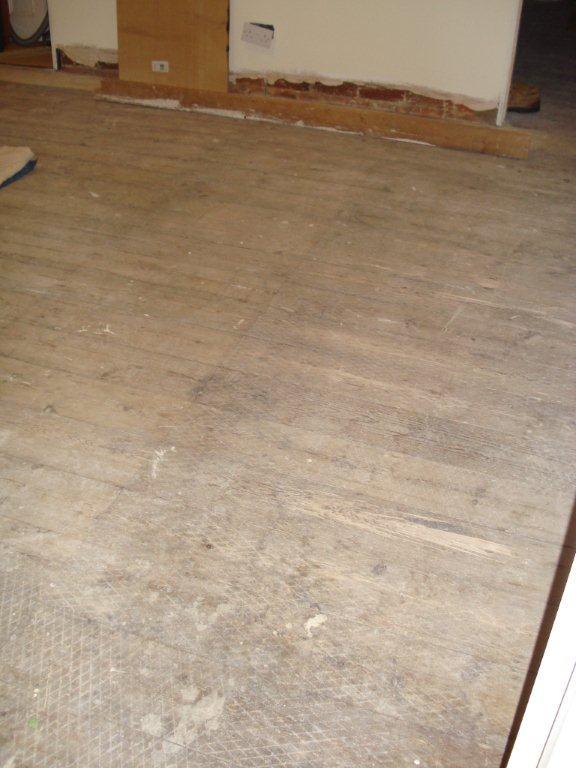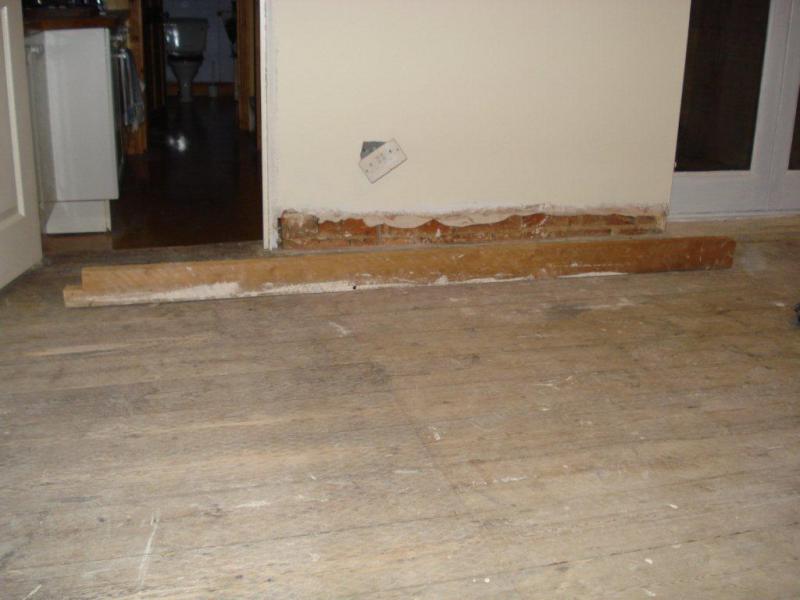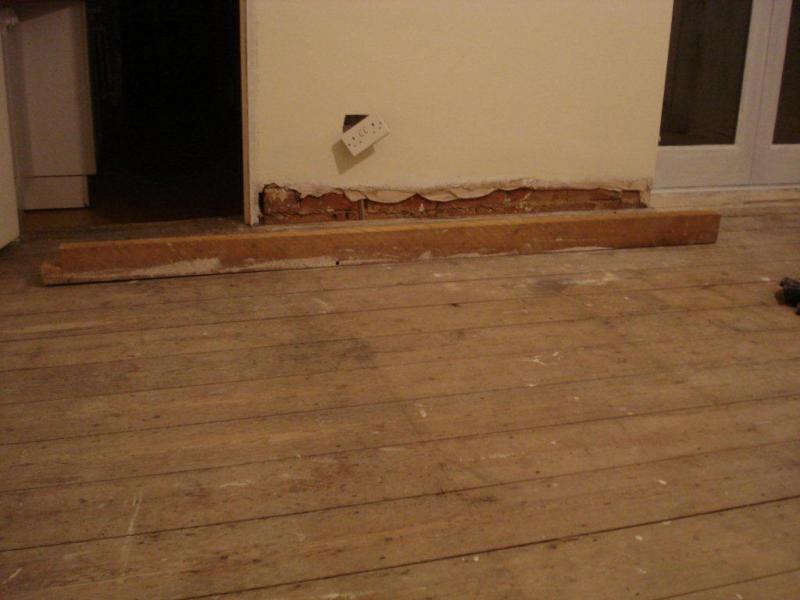Hi people,
I plan to lay a solid floor into two adjoining rooms. They are only connected by a doorway. The rear of the house appears to have sunk by about 1" relative to the front and about 1" at the sides relative to itself. In other words there is a crown in the rear floor - or more of a fold, and another fold near to the transition between the two rooms.
I have taken a very amateurish survey of the floor using a piece of 4m CLS, which is how my measurements above were derived.
I have considered various options to remedy, but most of them will cause additional problems with things like cupboards and other transitions.
There's a few pictures taken with a 2m piece of timer over the crown.
I think, since the problem is more serious than I thought, I would like views of how to tackle this in the best - as opposed to the easiest way.
I plan to lay a solid floor into two adjoining rooms. They are only connected by a doorway. The rear of the house appears to have sunk by about 1" relative to the front and about 1" at the sides relative to itself. In other words there is a crown in the rear floor - or more of a fold, and another fold near to the transition between the two rooms.
I have taken a very amateurish survey of the floor using a piece of 4m CLS, which is how my measurements above were derived.
I have considered various options to remedy, but most of them will cause additional problems with things like cupboards and other transitions.
There's a few pictures taken with a 2m piece of timer over the crown.
I think, since the problem is more serious than I thought, I would like views of how to tackle this in the best - as opposed to the easiest way.






